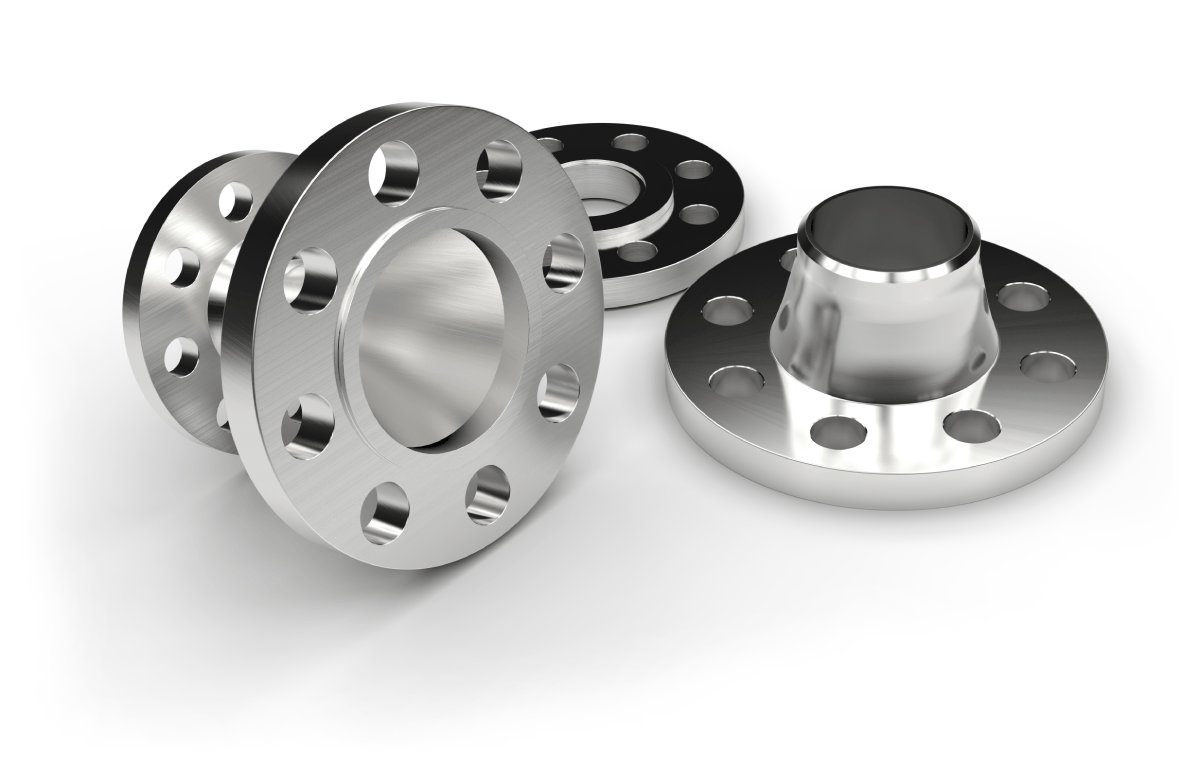Flexible Joints
Galvanized Iron (GI) Pipe
Seamless & ERW G.I (Galvanized) Pipe,
Brand & Origin: Bashundhara, Hatim, National Tubes, Union Steel Tubes Ltd, Also Imported G.I Pipes Of International Standard, China, India.
Standard & Specification :
Standard : API 5L, ASTM
Available Sizes In Stock: ½” To 16” (15mm to 600mm)
**We also can supply up to 32” (800mm) according to our Customer demand & Order.
Gas Solenoid Valve Thread Type
Gas solenoid valves come in different thread types to accommodate various installation requirements. The thread type refers to the specific threading on the valve body and determines how the valve connects to the gas line or other components in the system. Here are some common activities related to gas solenoid valve thread types:
- Identifying the Thread Type: The first step is to identify the thread type required for your specific gas solenoid valve installation. Common thread types for gas solenoid valves include NPT (National Pipe Thread), BSP (British Standard Pipe), and metric threads. Consult the valve's documentation or the manufacturer's specifications to determine the appropriate thread type.
- Selecting the Fittings: Once you know the required thread type for your gas solenoid valve, you can select the corresponding fittings for your system. For example, if you have an NPT thread valve, you will need NPT fittings to ensure a proper connection. Ensure that the fittings you choose match the thread type of both the valve and the gas line or other components you are connecting to.
- Applying Thread Sealant: To ensure a reliable and leak-free connection, it is important to apply an appropriate thread sealant. Thread sealants, such as Teflon tape or pipe dope, help create a tight seal between threaded connections. Apply the sealant to the male threads of the valve and the fittings before making the connection.
- Properly Installing the Valve: When installing the gas solenoid valve, ensure that you make a secure connection between the valve and the gas line or other components. Hand-tighten the fittings to ensure a snug fit, and then use an appropriate wrench or tool to tighten the connection further. Be careful not to overtighten, as it can damage the valve or fittings.
- Testing for Leaks: Once the gas solenoid valve is installed, it is crucial to test for leaks before putting the system into operation. Use a leak detection solution or soapy water and apply it to the threaded connections. If bubbles form, it indicates a leak. In such cases, check the tightness of the connections and reapply thread sealant if necessary.
- Following Safety Guidelines: When working with gas solenoid valves and gas systems, always follow safety guidelines and adhere to local regulations. Make sure to shut off the gas supply and depressurize the system before installing or removing the valve. If you are unsure or inexperienced, it is advisable to consult a qualified professional for assistance.



























